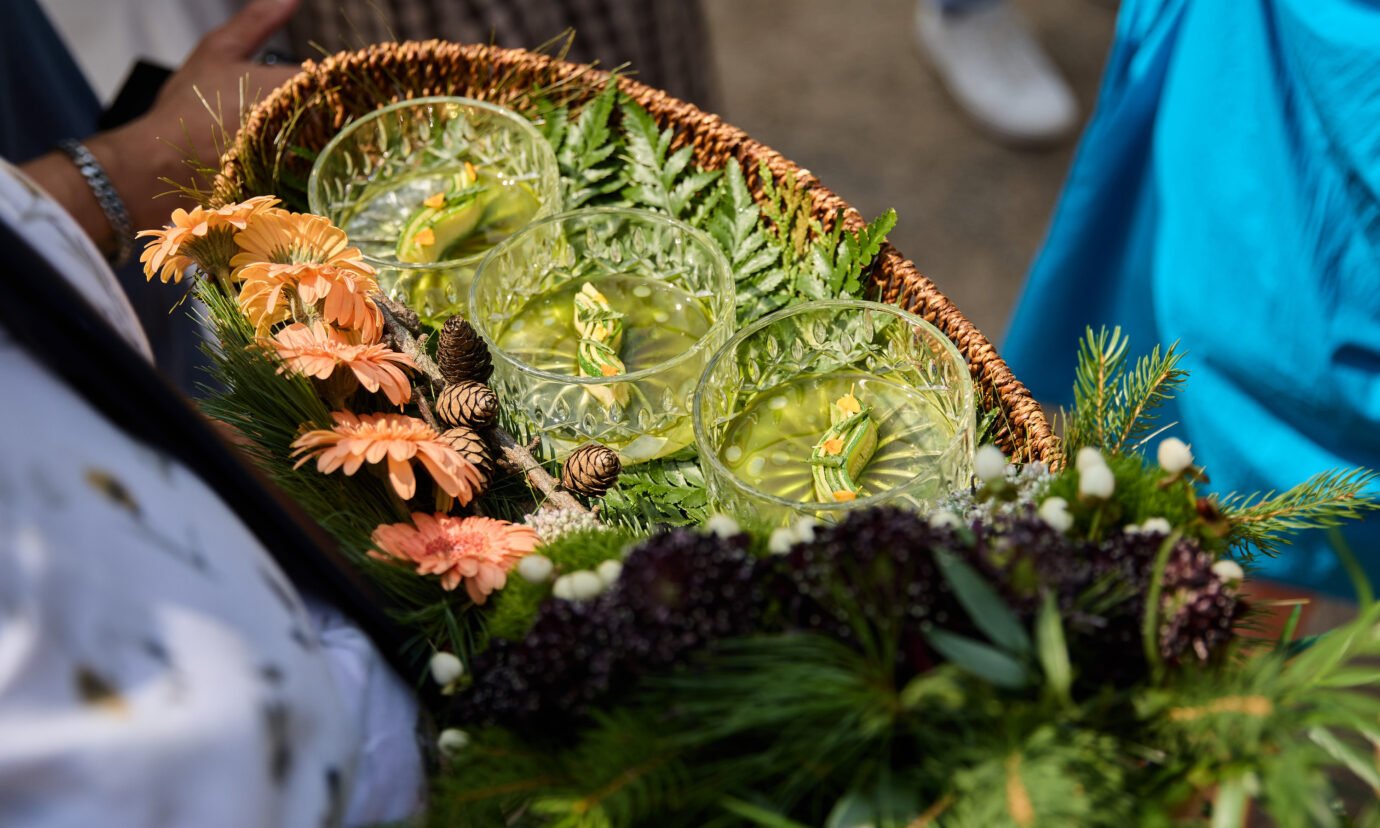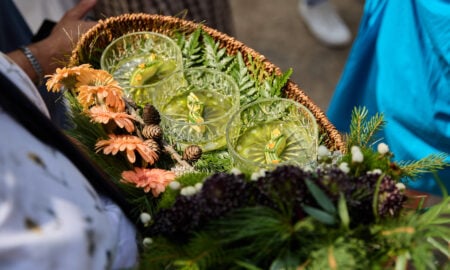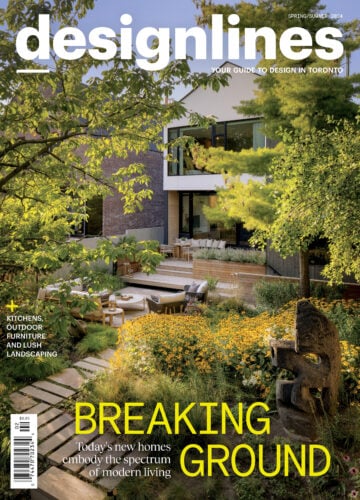From Kowloon to Caledon, This Local Culinary Legend Returns With One Goal In Mind


Bridging the history between Canadian and Cantonese cooking through art and design
After years apart, culinary masterminds chef Jason Bangerter and Vicky Cheng of Wing Restaurant, have reunited for a cross-cultural dining experience at Langdon Hall in Cambridge, Ontario. This meeting of the minds was sparked by a wider conversation about Hong Kong’s influence in illustrating the tapestry that is Canadian cuisine and design.
It’s no secret that Canadian culture is highly informed by its history of established diasporas across the country. None more so than Toronto, as it is widely recognized as the most diverse city in the world. This diversity has been reflected in many aspects of Toronto’s identity from food to design. While some of these elements are more subtle and focus on modernity, others continue to maintain a semblance of what being, in this case, in Hong Kong, is like.
“Our kitchens are a reflection of the many cultures and traditions that have found a home here over the last 158 years,” says chef Jason. “Throughout my career, I’ve been fortunate to learn from peers and team members who carry those influences with them, from European foundations to Asian and Middle Eastern flavours.” As a mentor, chef Jason worked directly with chef Vicky helping to hone his craft in the foundations of French cooking. As Jason describes it, Canadian cuisine is not one thing, its many cultures woven together by shared history, migration and place. It’s those building blocks that set into motion an upheaval of colonial British and French cooking styles into something more global.
The first wave of migrants from Hong Kong came in 1947, with the largest movement happening in the mid 70s’ to 90s’. As Canada aimed to have a large stake in the global community, the urge to draw people from other nations became more apparent. Toronto specifically has a long-standing history with immigration, and has been the core driver in shaping the city’s culture as nearly half the population is either foreign-born or heritage rooted outside of North America.
Chinatown, considered to be Toronto’s oldest and most dynamic neighbourhood, became a catalyst for young talented chefs, artists and business people looking to create roots in Canada. It’s this congregation of talent that started to shape Cantonese cooking and design in the city. Part of this Canadian-Cantonese connection came by working with local growers, artisans and designers. “A lot of the ingredients and dishes that I cooked while I was in Langdon Hall were from the estate garden,” says Vicky. “In Chinese cuisine we eat what’s in season, prior to our collaboration, chef Jason had sent me a list of ingredients of what’s going to be in season, so we then created the menu based on these seasonal ingredients.”
Some of the offerings during their collaboration included sea cucumber spring roll, lamb belly, fish maw rice with abalone sauce, and a sweet dessert medley of jasmine and roses. For me, relationships with growers, foragers and suppliers are the backbone of my cooking,” says Jason. “At Langdon Hall, our menu is built around what is grown in our gardens, foraged from our property and what our farmers, fishers and artisans provide.” The beauty in Canadian-Cantonese cuisine rests on the shared passion for locally-derived, seasonal ingredients that best reflect the harmony between both cooking styles. As Jason describes it, this relationship is to ensure that these producers can continue their work for generations and further deepen the relationship between Canadian growers and international chefs.
More conventional Canadian-Cantonese dishes commonly recognized include broccoli beef, ginger beef and sweet-and-sour pork. These notable dishes stemmed from years of western Canadian influence on chefs coming from Hong Kong. From this, interest in more modern takes on Cantonese cuisine took shape in the form of elevated bars and restaurants in central locations like King West and Yorkville. Restaurants like Sunny’s Chinese, Mimi’s Chinese, Mott 32 and Honey Chinese, all hold space in the developing history and popularity of Cantonese cuisine in Toronto.
This push to modernity is also reflected in the design of these spaces. From the inclusion of more traditional elements like paper lanterns, ornate historical fixtures and art, to a more casual approach that harks back to the late 70s’ during the emergence of Cantonese quick service restaurants in Chinatown.
The vitality of Canadian cuisine rests on the continued collaboration between chefs of varied origins whether indigenous or foreign. It is at this convergence of talent that gives way to a deeper conversation of culture and how that culture can reach new places. “Reuniting with Vicky after so many years was both emotional and inspiring,” says Jason. “It reminded me that mentorship is a two-way street, he now teaches me through his lens of Cantonese culture and cuisine.” Together, these chefs created dishes that blended French-Canadian traditions with Cantonese techniques and flavours that blended harmoniously.
The collaboration was not only momentous for both a mentor and mentee, but a true celebration of cultures, traditions and generations of Canadian cooking. As Jason and Vicky agree, Langdon Hall reaffirms that Canadian cuisine is constantly evolving, Canadian-Cantonese restaurant culture is boundless, and that our future is in celebrating diversity through unity on the plate.


























